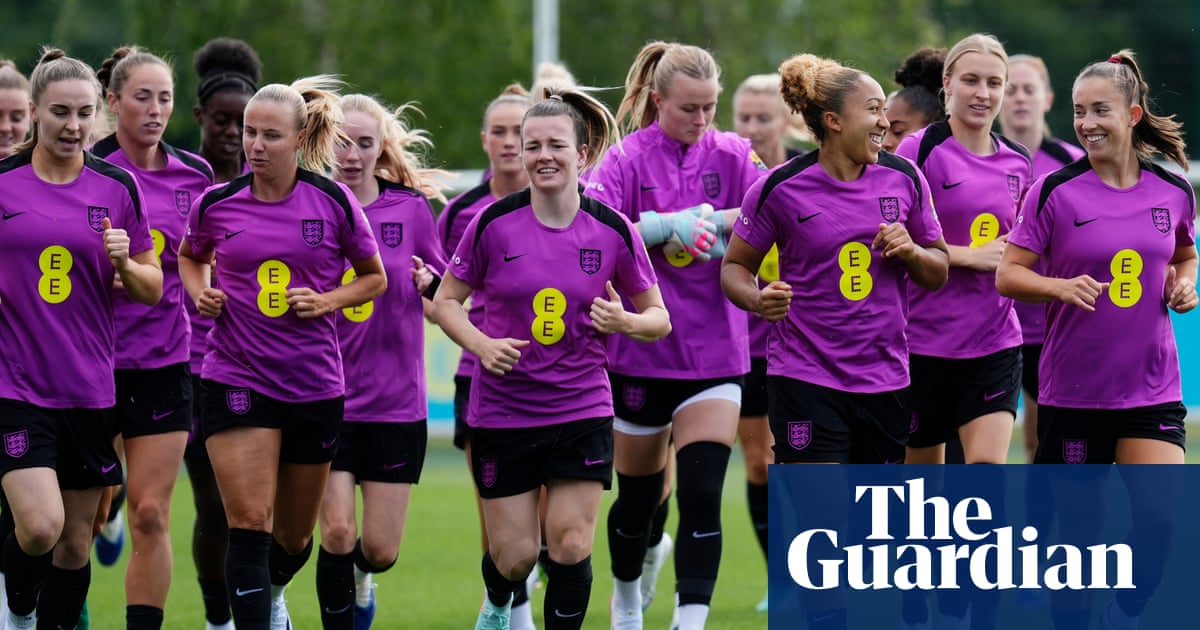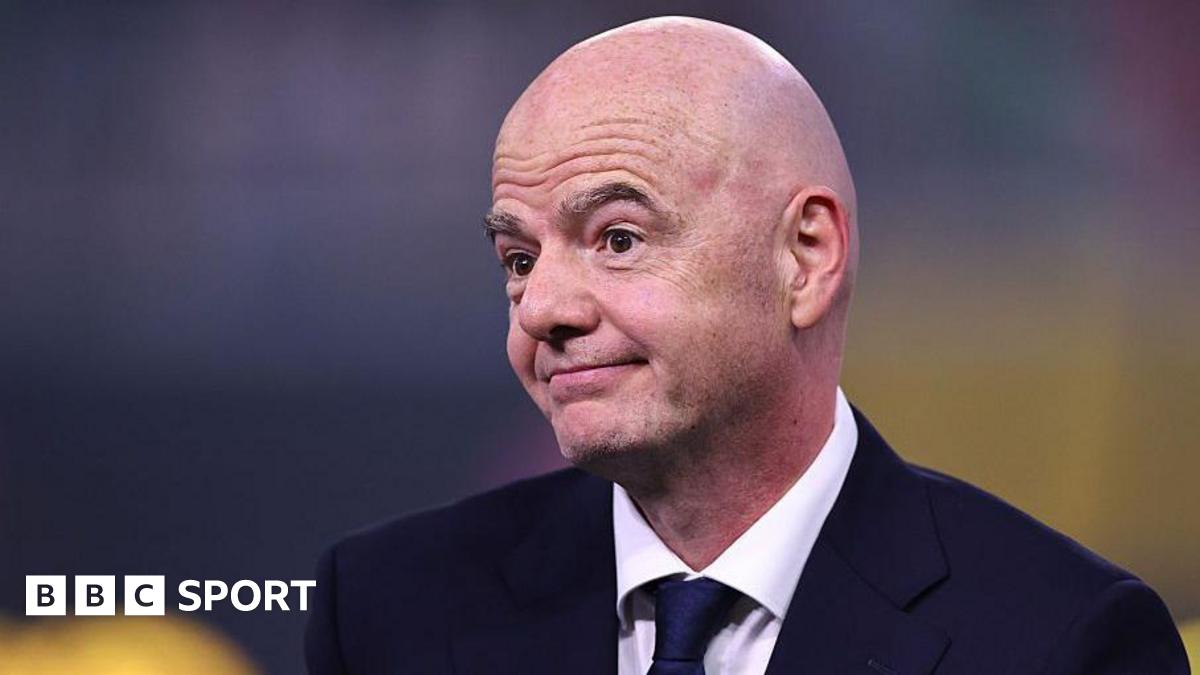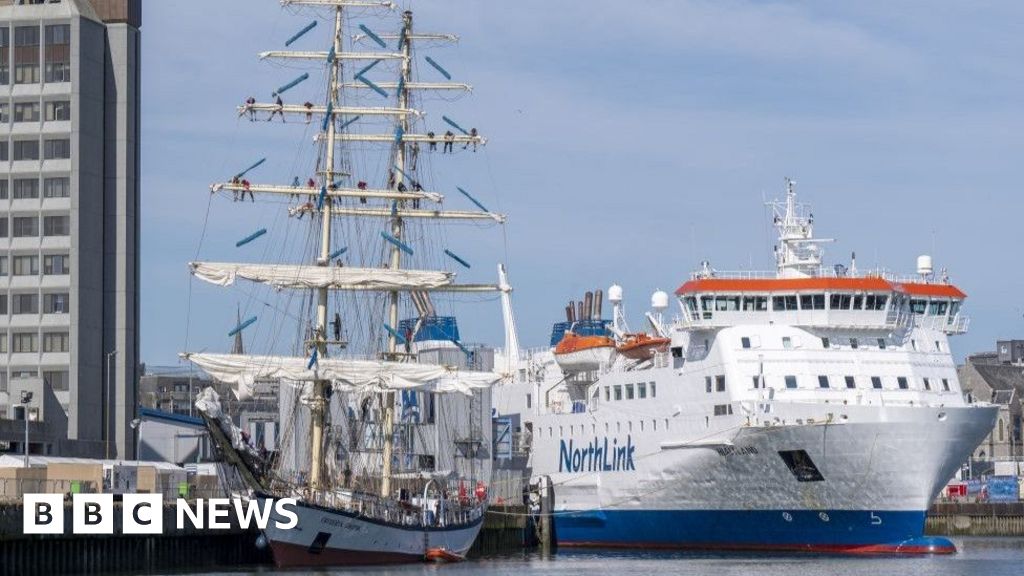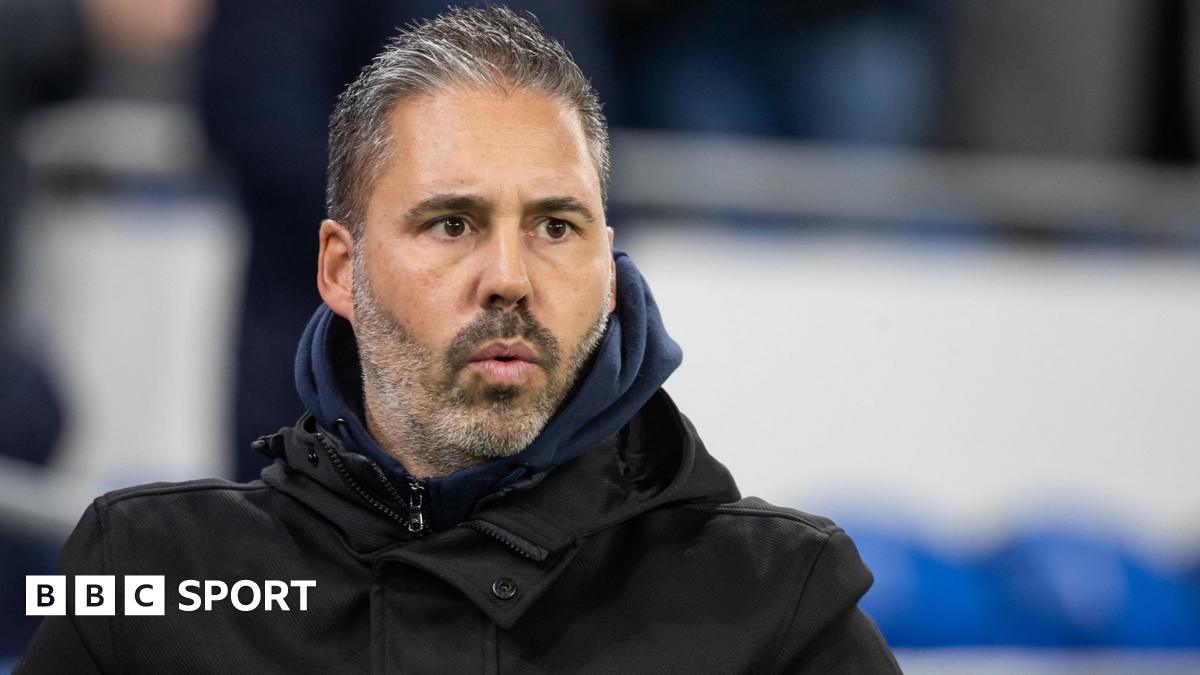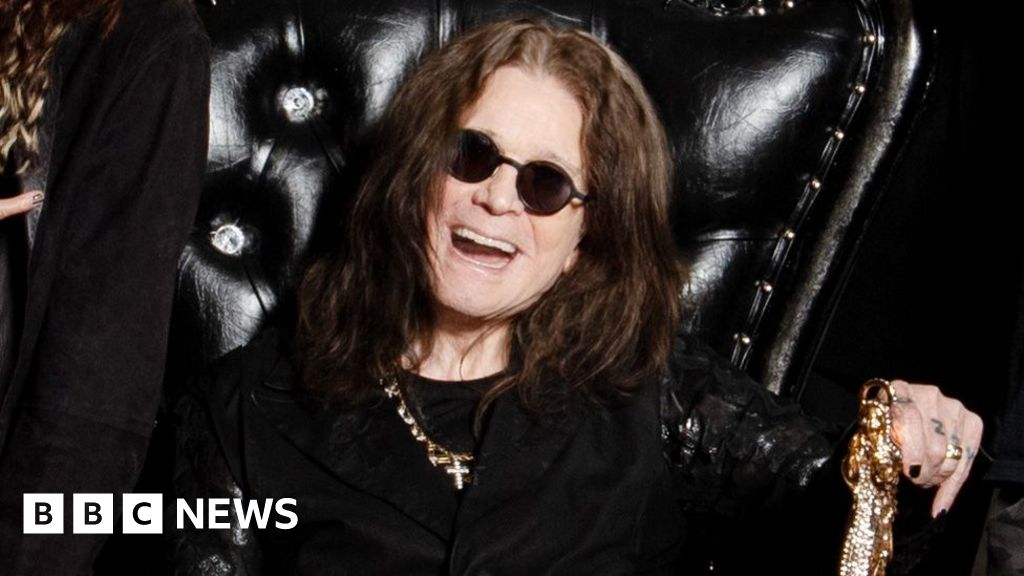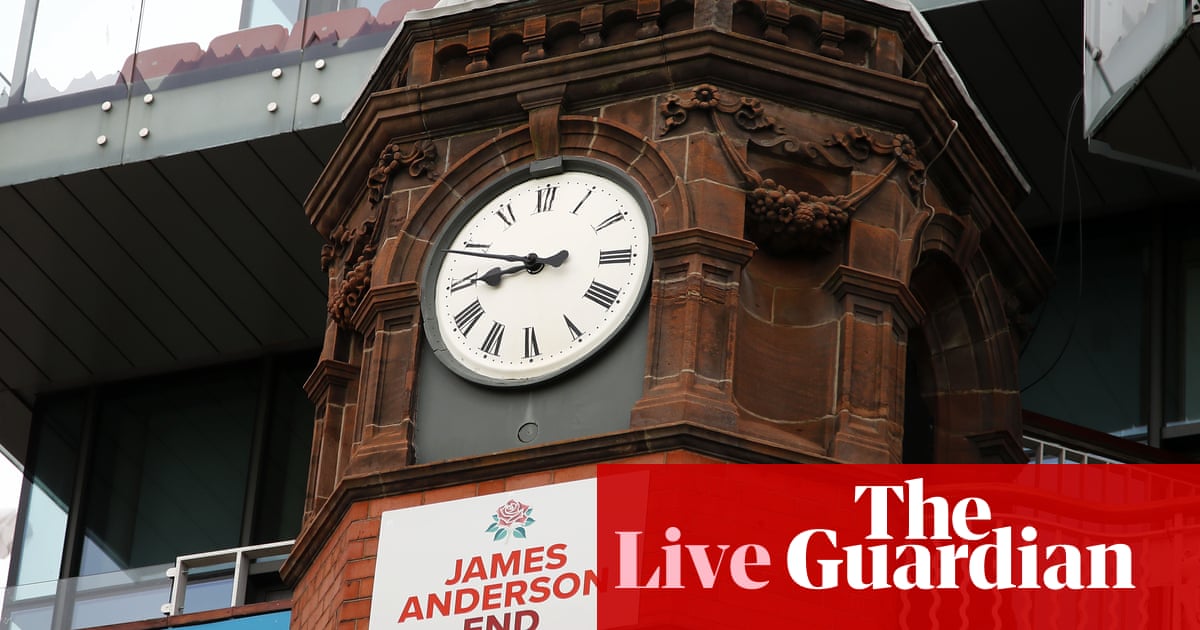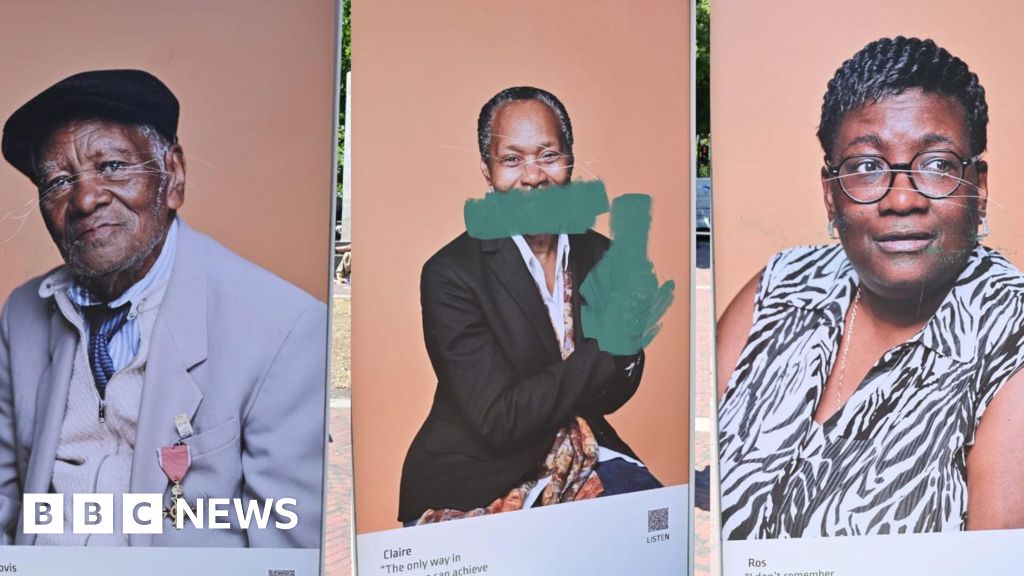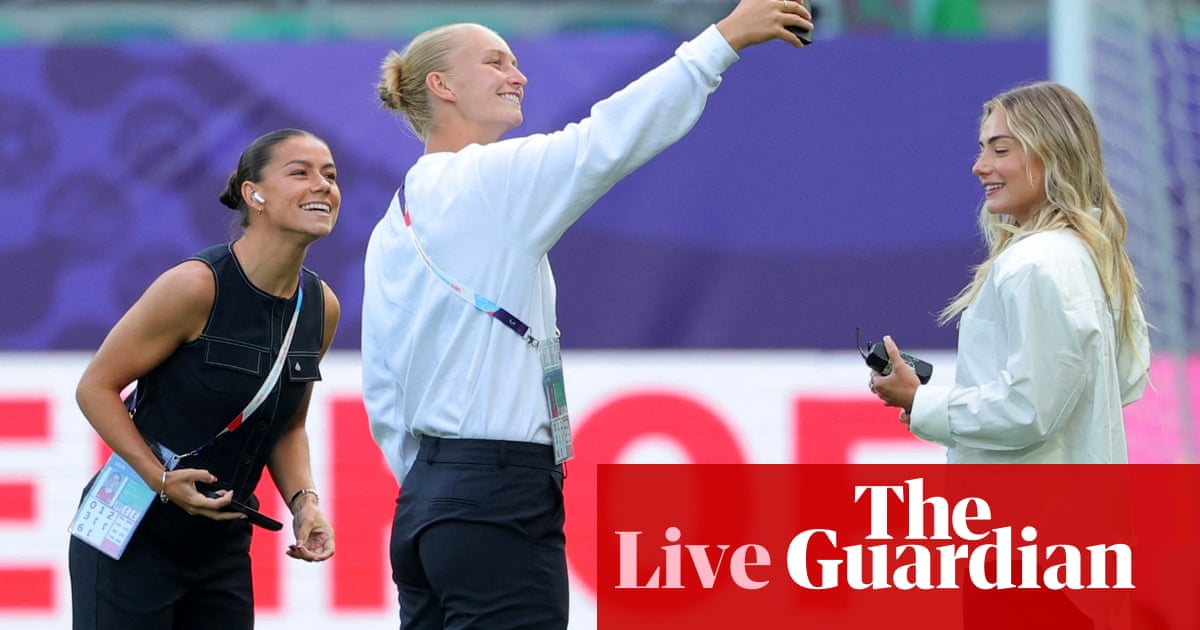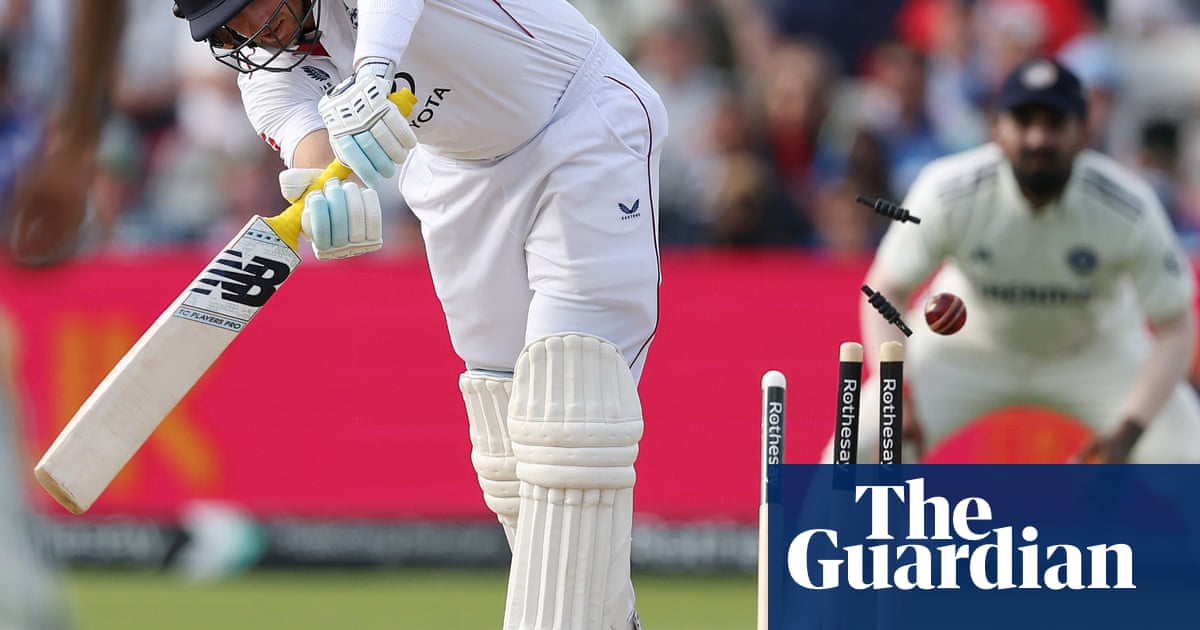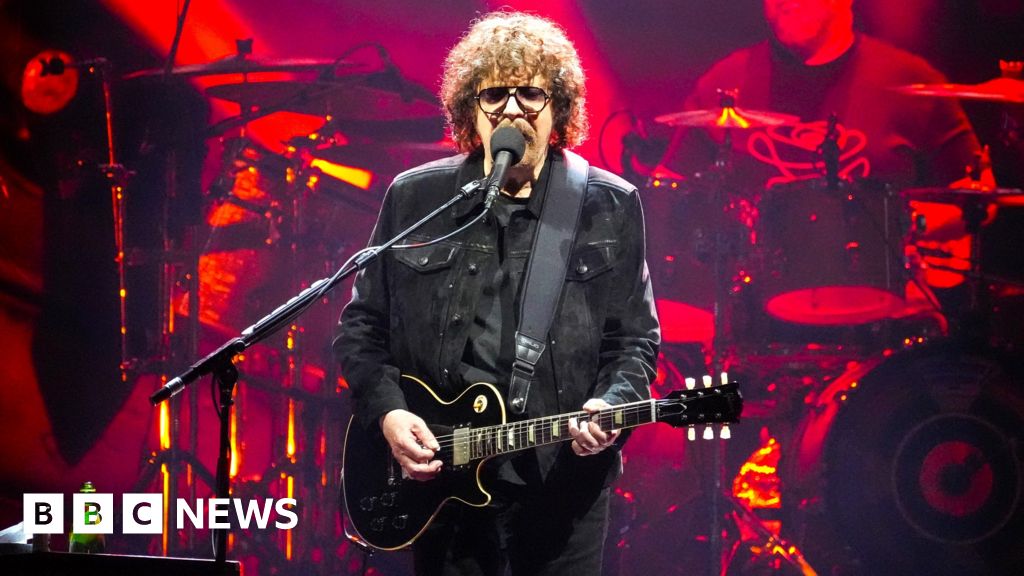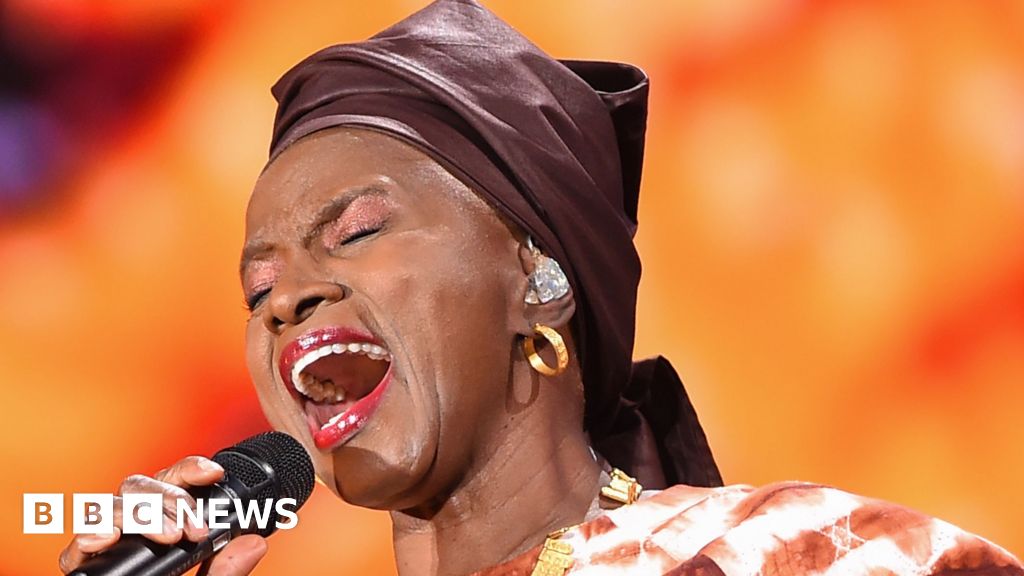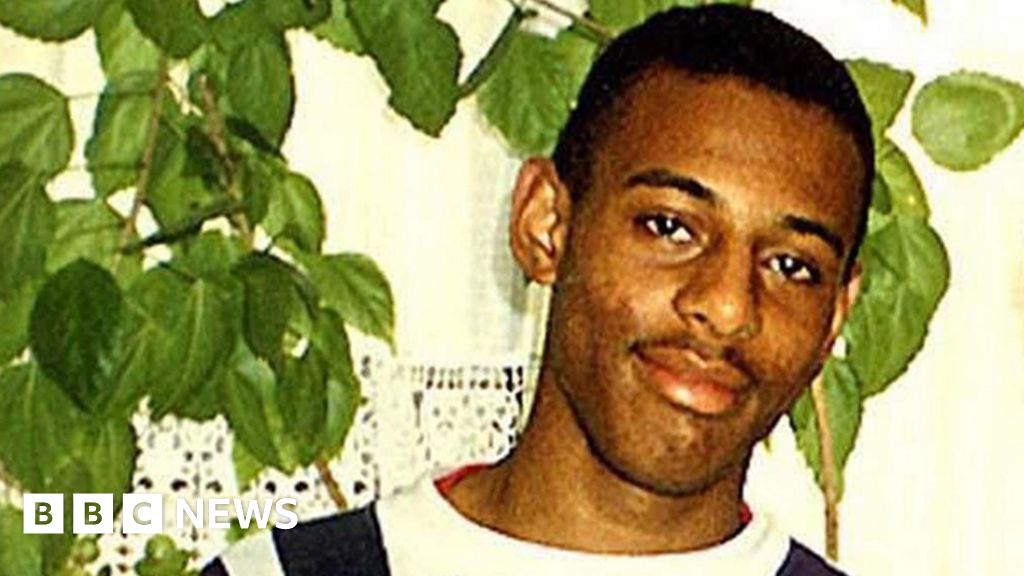The BBL may have been born near the start of Twenty20 era, but ahead of its 15th season growing pains have set in. Cricket Australia wants to tap private funding to help Australia’s men’s and women’s competitions keep pace in franchise cricket’s crowded landscape. But as the BBL rubs up against well-heeled upstarts in the sport’s increasingly unstable calendar, its true worth can be difficult to assess.
Few are better placed to do so than Venky Harinarayan, the Indian-born, Silicon Valley investor, who is a leading name in San Francisco’s venture capital scene. In the sport he loves, he established his home town’s franchise the Unicorns in 2023 with co-owner Anand Rajaraman, and made headlines when he signed Pat Cummins in a pioneering four-year deal that gave Major League Cricket [MLC] legitimacy.
Harinarayan believes the biggest challenge for the BBL in realising its potential comes from the leagues in South Africa and the UAE, competitions which run within its traditional December-January school holiday window – a “very prime piece” of the calendar. “It’s going to take people thinking a little strategically,” he says. “It has to happen, but I don’t know that you can go in and ask someone to move their window, it’s not an easy process.”
The BBL was one of the first movers in cricket’s short format after the IPL’s establishment in 2008. Although Indian internationals have always been barred from competing, the early seasons of the Australian league attracted premier T20 talent and cricket luminaries including Chris Gayle, Kieron Pollard and Muttiah Muralitharan. Top T20 players today such as Rashid Khan, Jos Buttler, Phil Salt and Harry Brook have had BBL stints, but haven’t stayed.
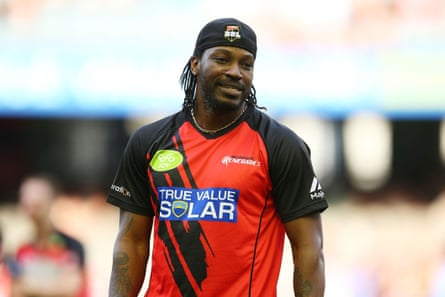
A recent push to attract more big international names has delivered the likes of Pakistan’s Babar Azam, Shaheen Afridi and Mohammad Rizwan, and England’s Sam Curran, but the emergence of franchise cricket in South Africa and UAE has challenged the BBL teams’ ability to sign overseas talent and keep them for the entire season.
“The number of internationals [in BBL] is not anywhere close to the UAE league or even the South African league,” Harinarayan says. “The good thing with that is you build a lot of great local talent, and the not so good thing with that is the interest for the BBL itself, it tends to be more Australian, and it’s not as followed in the rest of the world.”
While South Africa’s league is boosted by elite homegrown players, Australia’s Test stars are unavailable in the BBL due to the overlap of the Test scheduling. The likes of Cummins, Steve Smith and Travis Head are finding space in their diaries to compete for franchises overseas, giving a leg up to these emerging competitions over the BBL.
While the Hundred auction raised £520m, the money came largely from a core group of established cricket investors, including four IPL owners. Harinarayan believes making the BBL a compelling proposition for people like the Delhi Capitals or Mumbai Indians ownership groups – which both have entities in UAE and South African leagues – or those behind six other IPL franchises with stakes in other top competitions, will help Cricket Australia find common ground on the calendar.
The Capitals and Indians also have offshoots in both MLC and the Hundred, the seasons of which abut each other in July. Harinarayan has seen IPL owners work well with other investors to develop the MLC. “Everybody realises that it’s in everybody’s best interest to grow it here, it’s not about sharing the pie yet as much as it is about growing the pie, and that tends to align people fairly quickly,” he says. “What we did with the Hundred was we just found out it doesn’t make sense for both of us [MLC and the Hundred] to be also in the same window competing for the same players, it’s much easier if we carve out our own windows.”
after newsletter promotion
The sale process in the UK has also been instructive for Cricket Australia, which is currently negotiating with state bodies over exactly what a privatisation would look like, and how much of the capital injection will be seen by local officials who currently run the BBL franchises and administer pathways and grassroots.
Harinarayan has a close relationship with Cricket Victoria, which has helped build the Unicorns, and he travelled to Melbourne for the first time for last year’s Boxing Day Test. He says it is too early to discuss his level of interest in a BBL franchise, but that it would be a very different investment as an established property compared to the startup nature of MLC. “The fact that we have such a great relationship with Cricket Victoria [means] if they go down this path, will we take a look? Absolutely. Will we do it? I don’t know. I don’t know what they want, what they’re asking for, what everybody is trying to set up.”
Access to broadcast, gate and sponsorship revenue will underpin valuations, and Australian cricket may also have to say goodbye to the existing BBL properties. Harinarayan agreed with comments from Kolkata Knight Riders chief executive Venky Mysore, who told the Sydney Morning Herald last month investors must be able to rename and rebrand teams.
“As you keep bringing down what you are willing to give, obviously what you get paid also keeps going down commensurately. If you take a look at the Kolkata Knight Riders or the Mumbai Indians, as an example, these guys are now not IPL franchises, they’re global franchises,” Harinarayan says. “If you [the BBL] fit that bill, then would they be interested? Yes. If not, they will think twice, or they will not pay as much as you want, so that’s finally where the rubber hits the road.”
.png)
 7 hours ago
1
7 hours ago
1
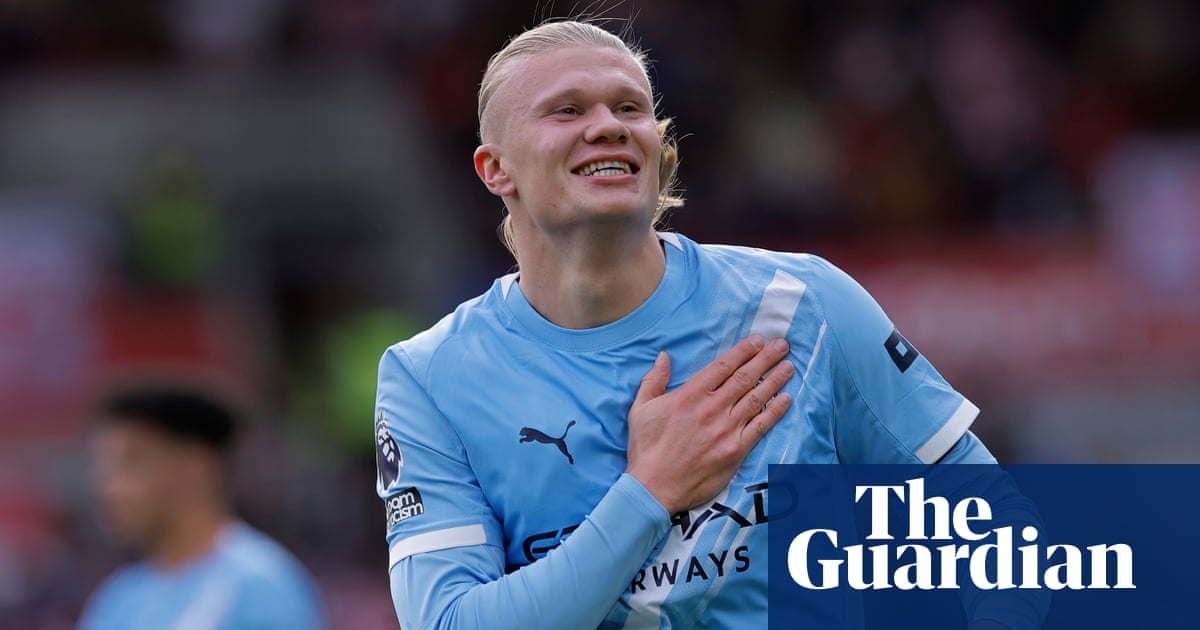

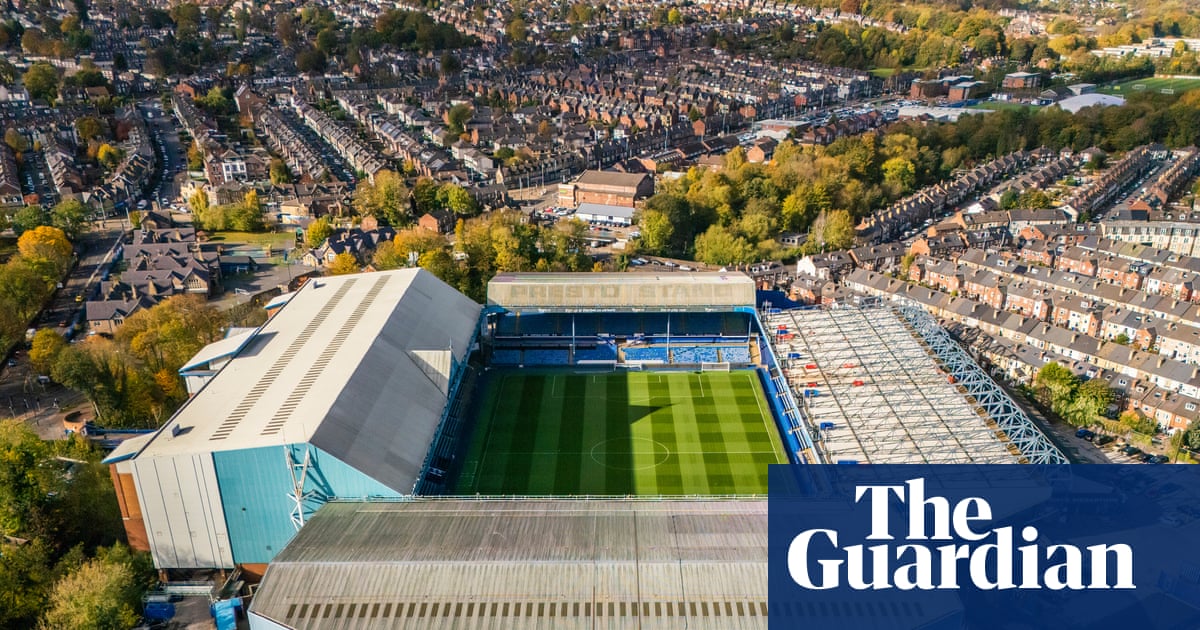
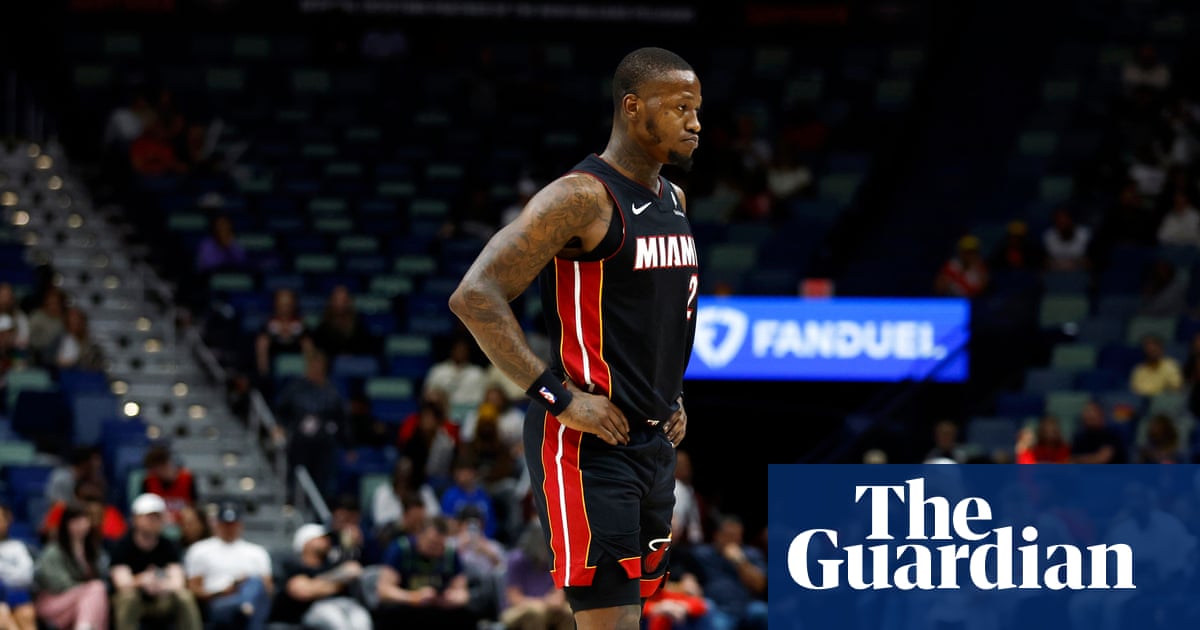
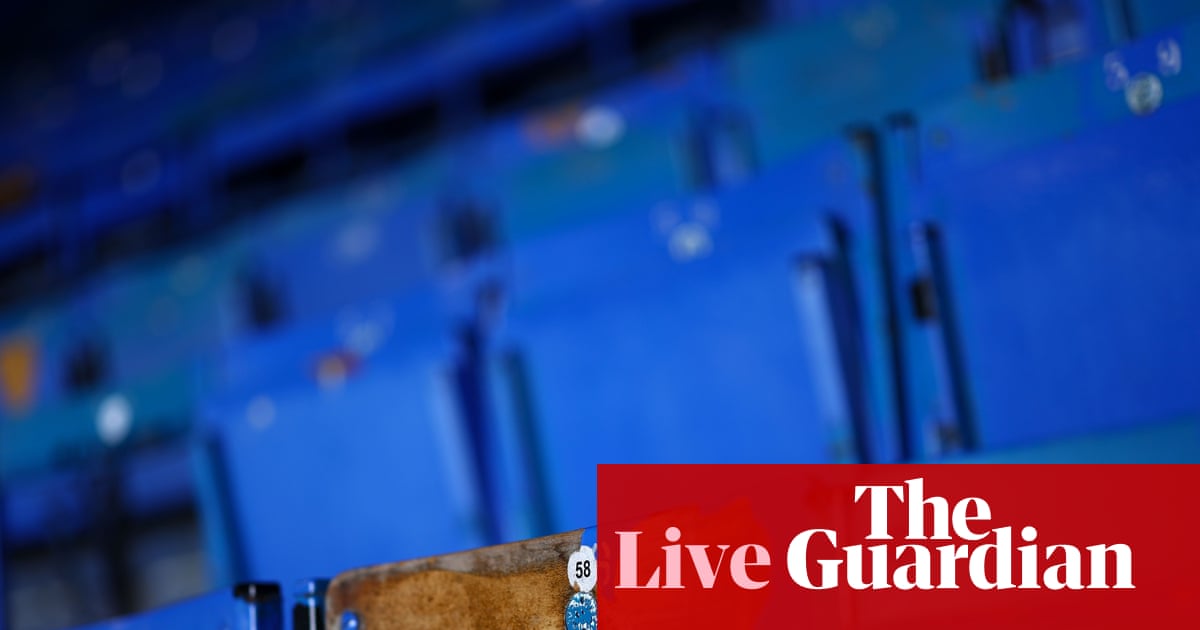

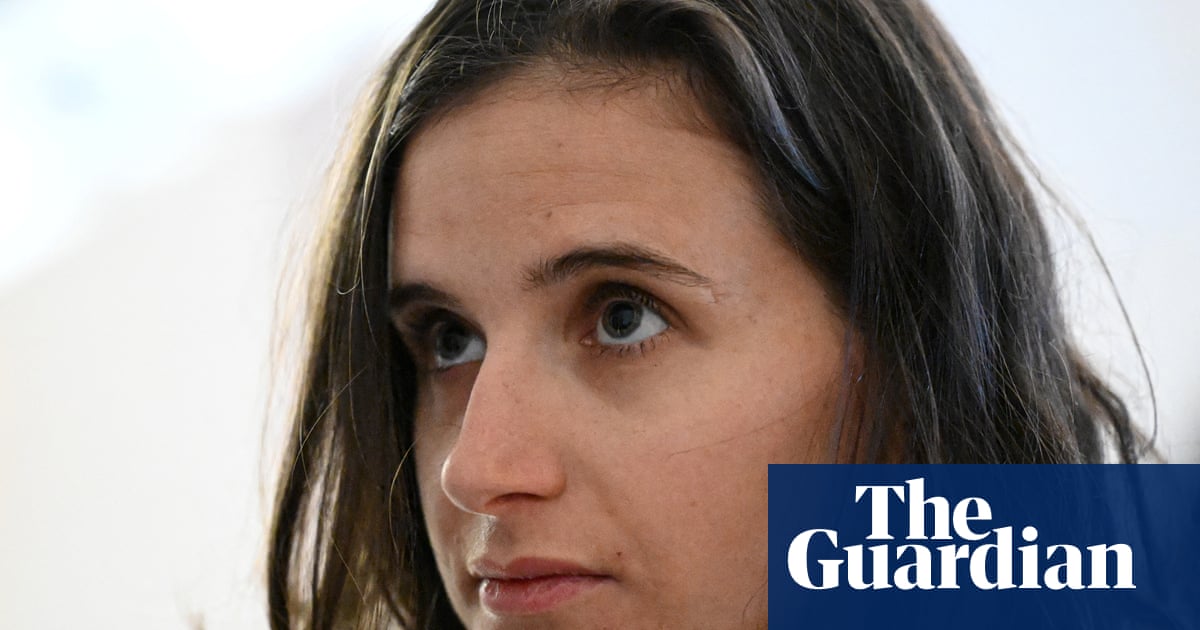
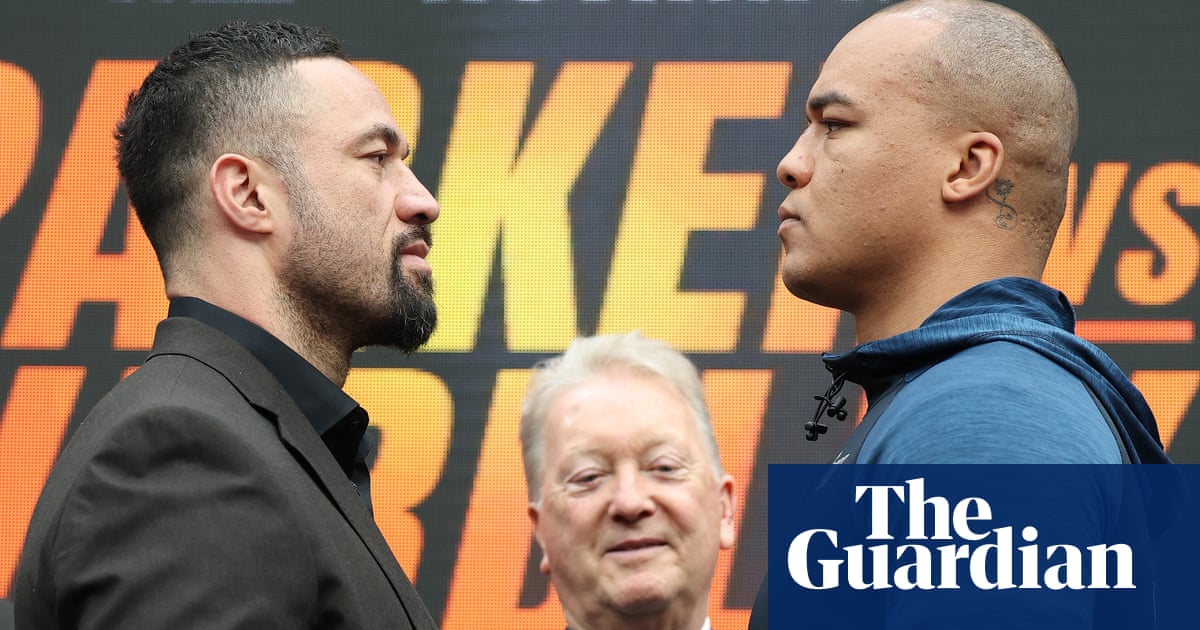
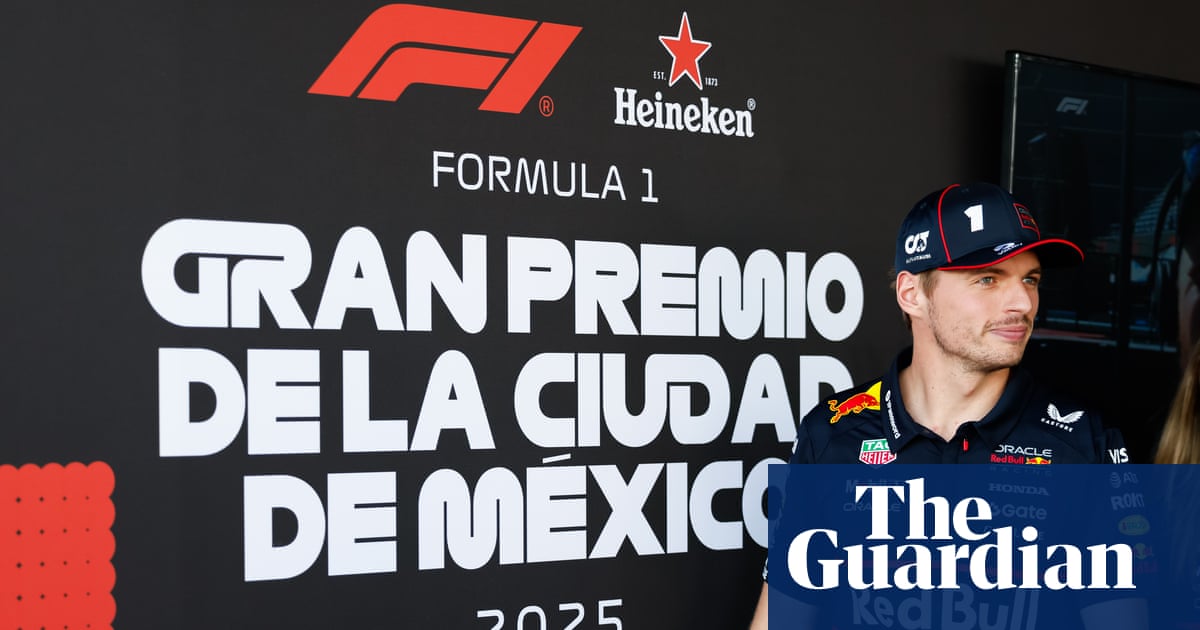
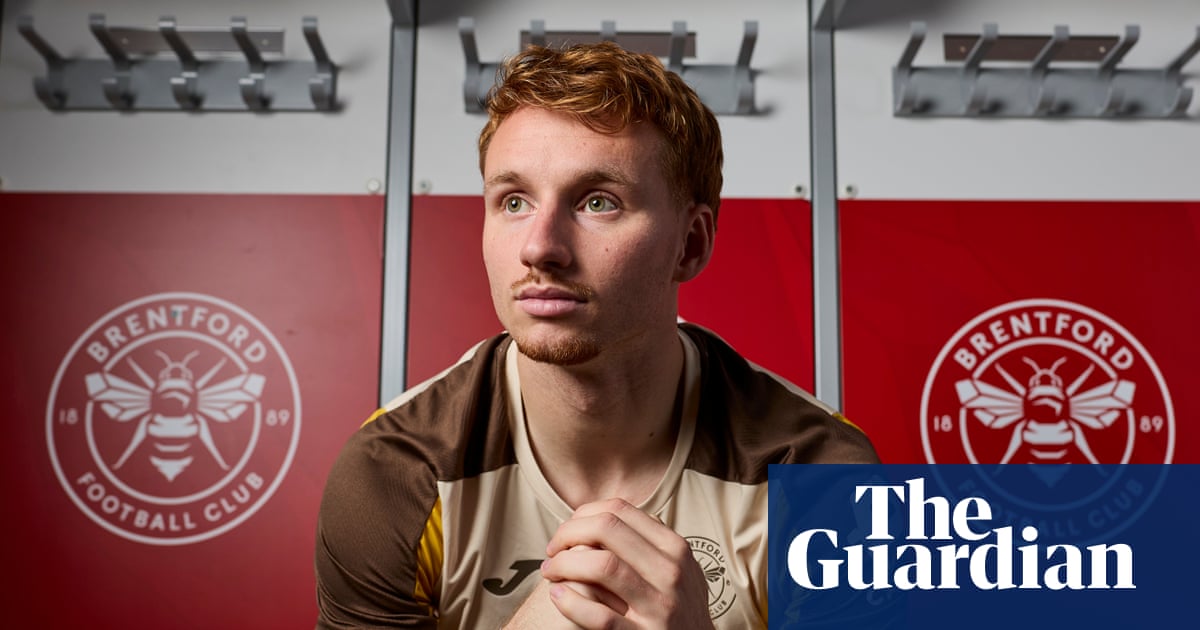
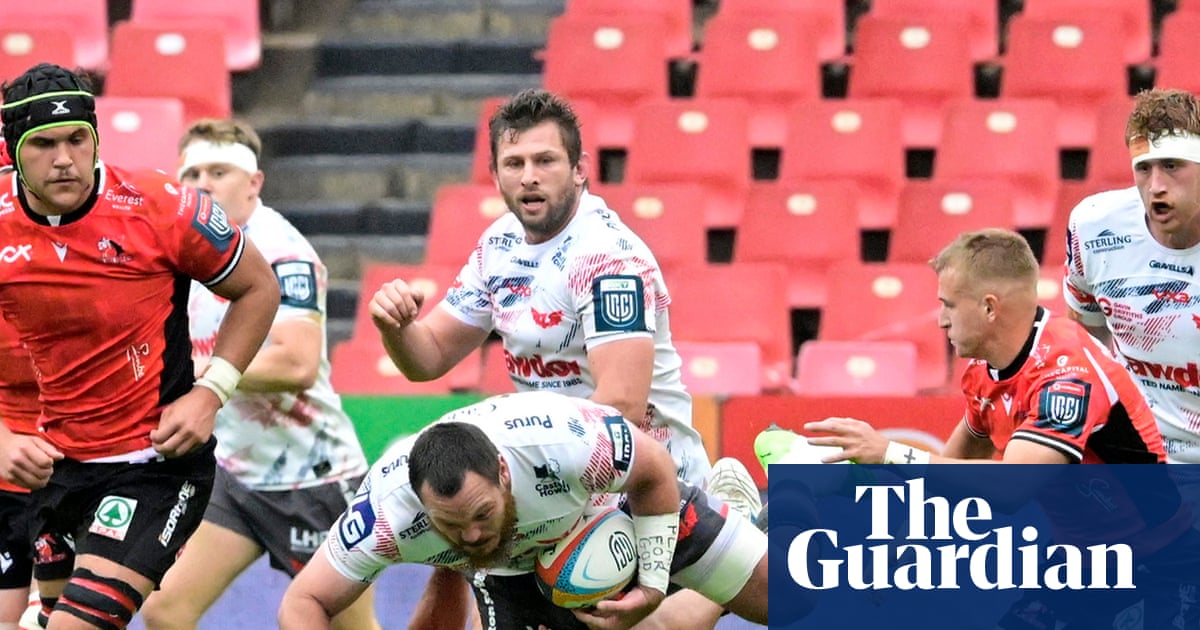
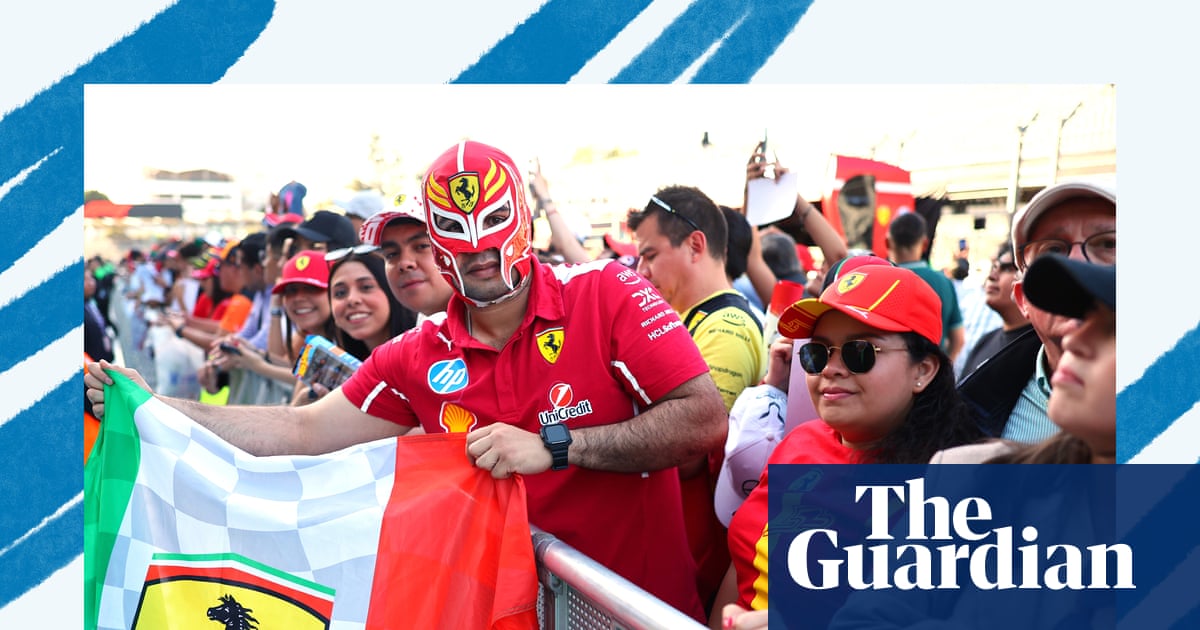
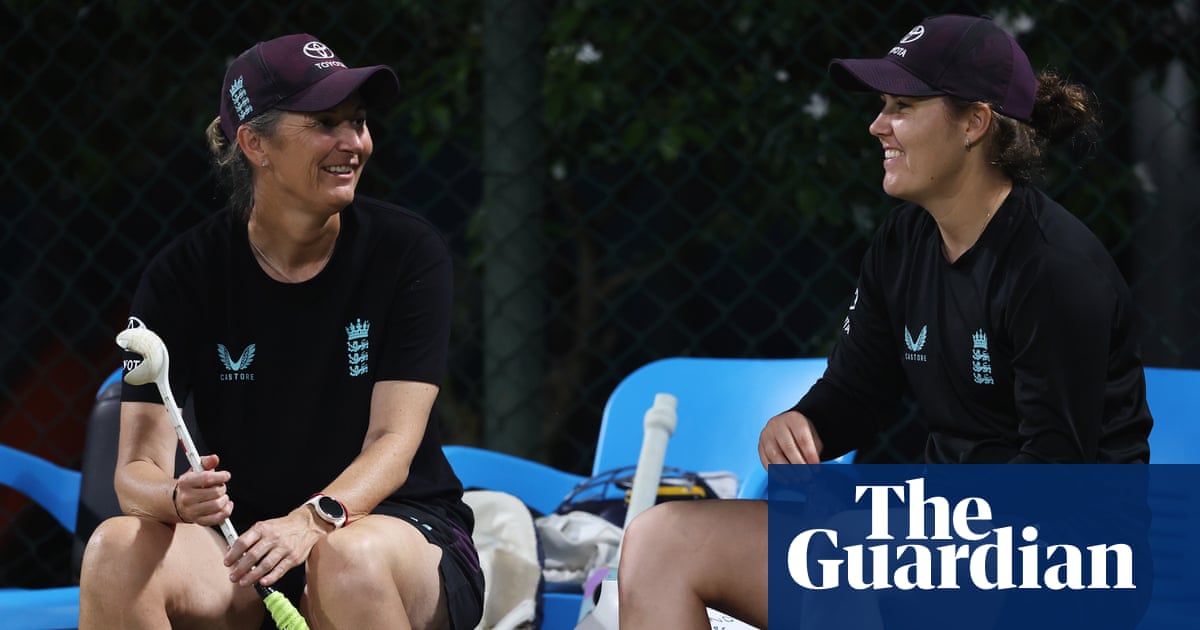
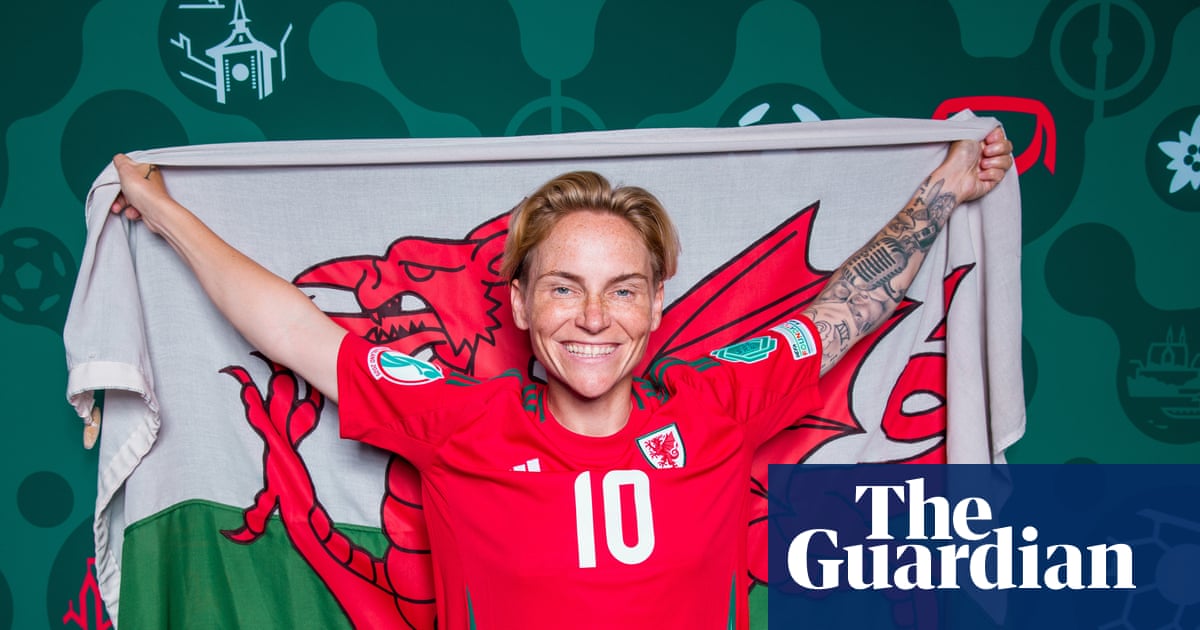
:strip_icc():format(jpeg)/kly-media-production/medias/5065711/original/038926700_1735129869-sty-1_62549b7.jpg)
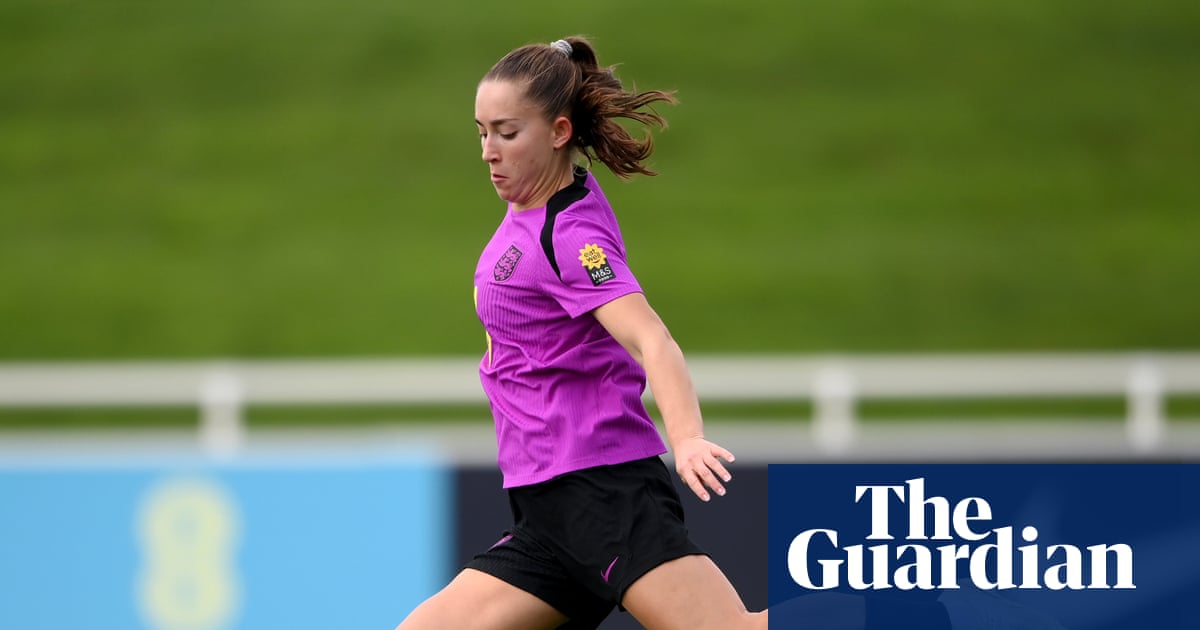
:strip_icc():format(jpeg):watermark(kly-media-production/assets/images/watermarks/bola/watermark-color-landscape-new.png,1125,20,0)/kly-media-production/medias/4178011/original/042041000_1664692546-20221002BL_Prescon_Pasca_Kericuhan_di_Kanjuruhan_3.jpg)
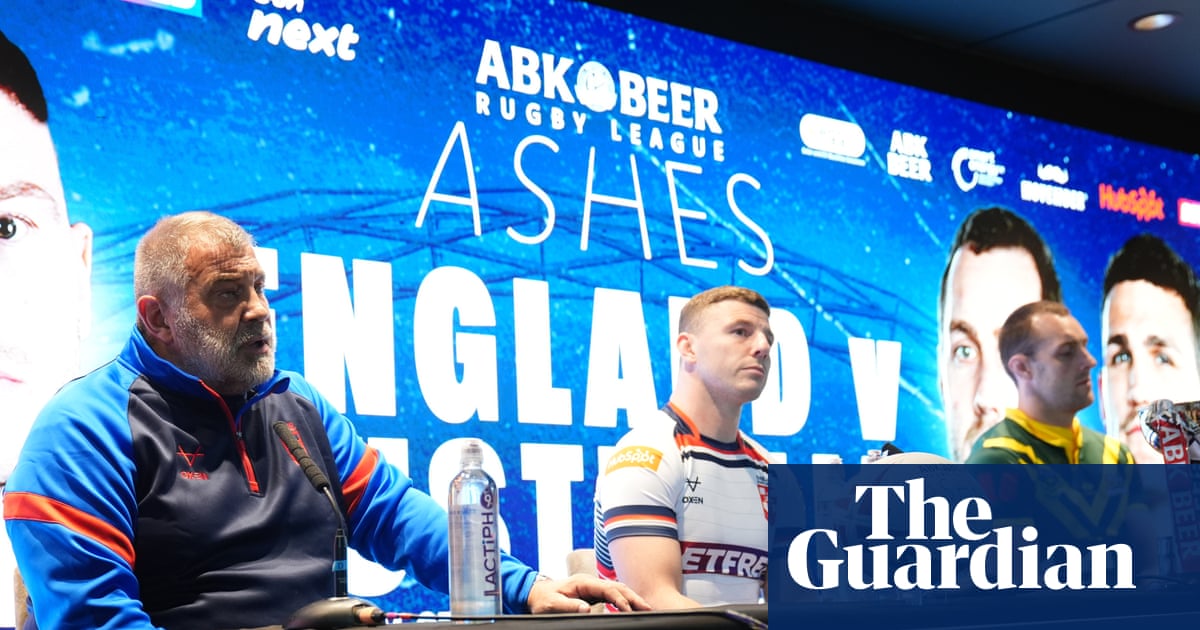
:strip_icc():format(jpeg)/kly-media-production/medias/5265197/original/087733000_1750917323-zain.jpeg)
:strip_icc():format(jpeg)/kly-media-production/medias/5390171/original/087808700_1761236427-faisal_halim_-_selangor.jpg)











